… no concerts going on, and no sports to watch on TV. So you have no excuse to not read something you might learn something from.
I Don’t Know What To Call This Damned Thing (Just Read it Please!!!) ~ Neal
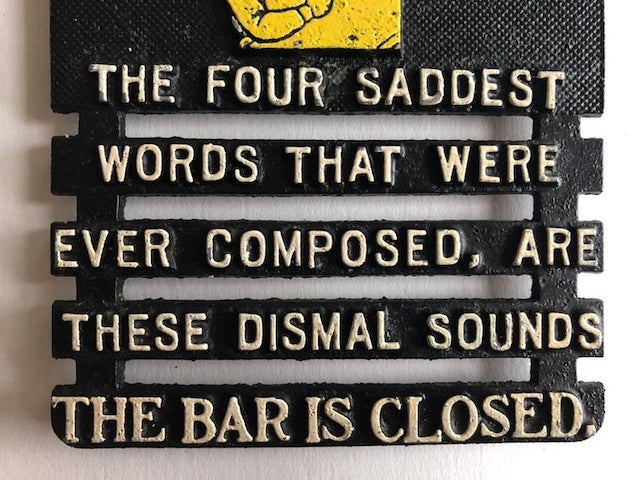
It is sad, (and I was just as guilty of this for a long period of my life), that people exhibit such a lack of interest in the history of their country. This is sad for two reasons; the first being that there is so much to learn from that history, and the second being how relatively easy it is to find that history now that everyone has a portable library in the hand all the time; i.e. their cell phones.
The internet is a vast place, filled with all kinds of things, and without a guide to point you in the right direction it is like walking into a huge library without a librarian, or a card catalogue telling you the location of the book you’re looking for. On top of that, anyone can post anything they want on the internet, (except for death threats or plans to build nuclear weapons), and that gets tossed into the mix; so it’s hard to tell if the information you are getting is accurate or not.
The best way to get at the truth regarding the history of our country, the nature of our Constitution and the men who wrote it, is to go to the horse’s mouth, so to speak; to seek out source documents from the period you are studying. Continue reading →
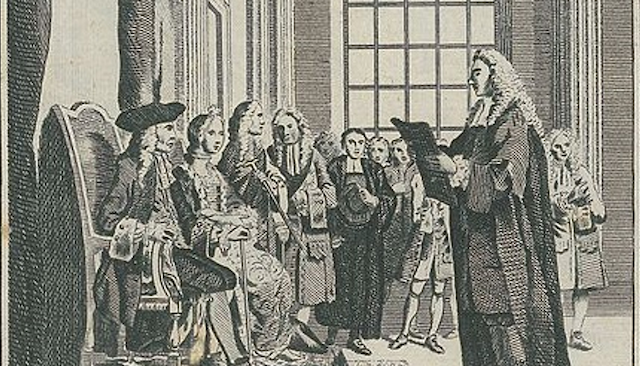 Today’s high school students may yawn when they hear teachers describe what a world-changing document the United States Constitution was when it was ratified in 1788 and a new government was formed a year later in 1789.
Today’s high school students may yawn when they hear teachers describe what a world-changing document the United States Constitution was when it was ratified in 1788 and a new government was formed a year later in 1789.
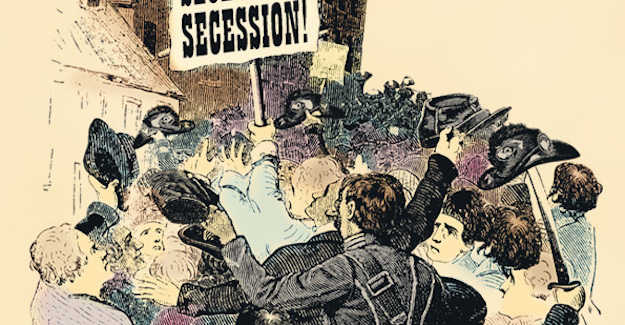

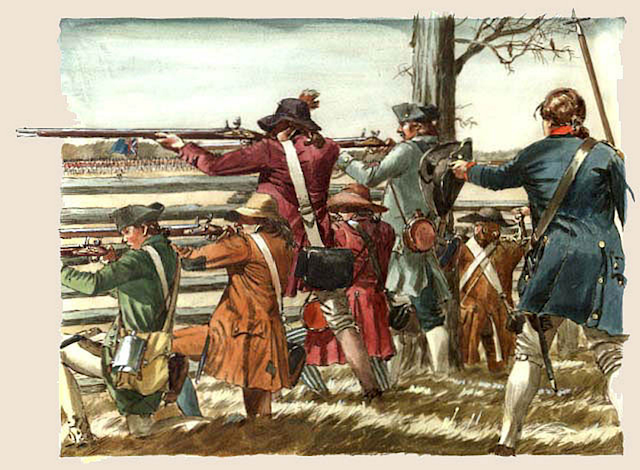
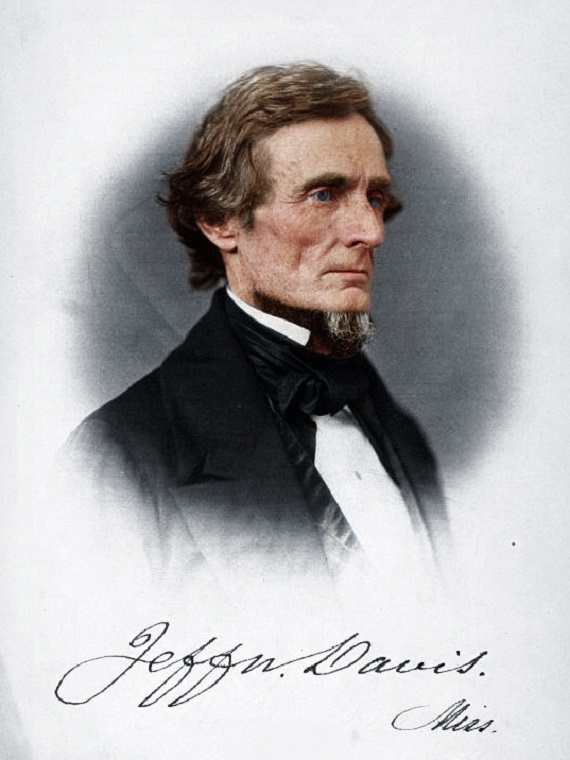
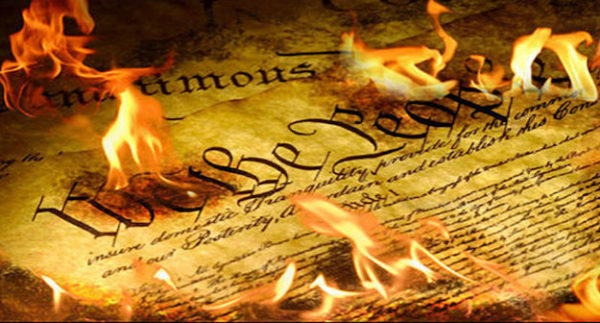

 Lincoln is portrayed as meek and ineffectual in his prosecution of the war. In a wooded scene Lincoln, here in the character of an Irish sportsman in knee-breeches, discharges his blunderbuss at a small bird “C.S.A.” (Confederate States of America). The bird, perched in a tree at left, is unhurt, but Lincoln falls backward vowing, “Begorra, if ye wor at this end o’ th’ gun, ye wouldn’t flap yer wings that way, ye vill’in!”
Lincoln is portrayed as meek and ineffectual in his prosecution of the war. In a wooded scene Lincoln, here in the character of an Irish sportsman in knee-breeches, discharges his blunderbuss at a small bird “C.S.A.” (Confederate States of America). The bird, perched in a tree at left, is unhurt, but Lincoln falls backward vowing, “Begorra, if ye wor at this end o’ th’ gun, ye wouldn’t flap yer wings that way, ye vill’in!” 
 The Civil War was fought, claimed the Union army surgeon general, “at the end of the medical Middle Ages.” Little was known about what caused disease, how to stop it from spreading, or how to cure it. Surgical techniques ranged from the barbaric to the barely competent.
The Civil War was fought, claimed the Union army surgeon general, “at the end of the medical Middle Ages.” Little was known about what caused disease, how to stop it from spreading, or how to cure it. Surgical techniques ranged from the barbaric to the barely competent.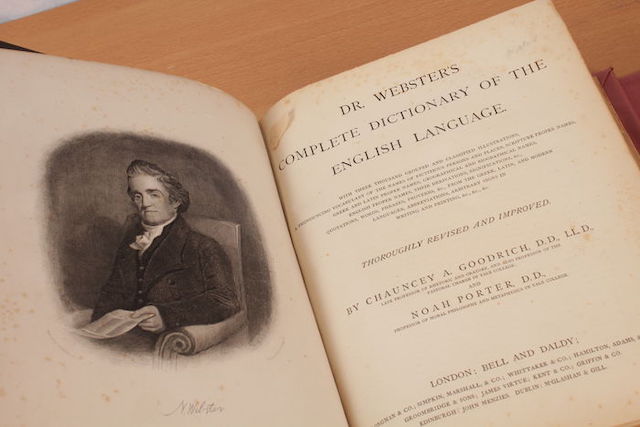
 On his way down to Montgomery to assume his new role as Secretary of State for the Confederacy in May 1861, Robert Hunter took the opportunity to speak to the crowds at the various train stops; Atlanta was one of them. The Co-Editor of the Southern Confederacy, J. Henly Smith was there to record his comments:
On his way down to Montgomery to assume his new role as Secretary of State for the Confederacy in May 1861, Robert Hunter took the opportunity to speak to the crowds at the various train stops; Atlanta was one of them. The Co-Editor of the Southern Confederacy, J. Henly Smith was there to record his comments: A famous legend about the Alamo entered Texan folklore a few weeks after the notorious siege. Around April of 1836, Santa Anna was fed up with resistance from freedom fighters. To stomp out this lingering flame, he sent a message to his troops in San Antonio, ordering them to burn the mission to the ground. But when his soldiers approached the Alamo, they met a ghastly surprise.
A famous legend about the Alamo entered Texan folklore a few weeks after the notorious siege. Around April of 1836, Santa Anna was fed up with resistance from freedom fighters. To stomp out this lingering flame, he sent a message to his troops in San Antonio, ordering them to burn the mission to the ground. But when his soldiers approached the Alamo, they met a ghastly surprise. 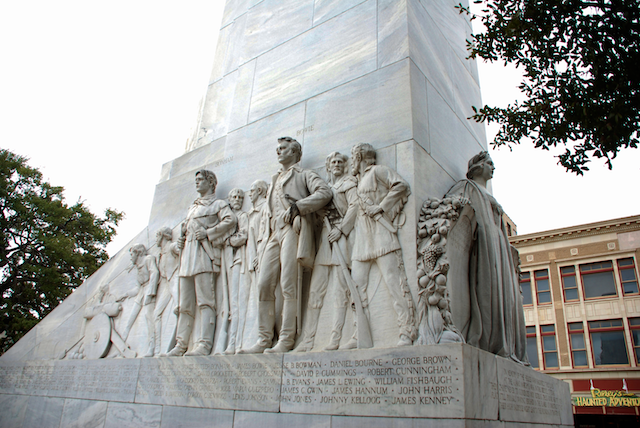
 ~ Prologue ~
~ Prologue ~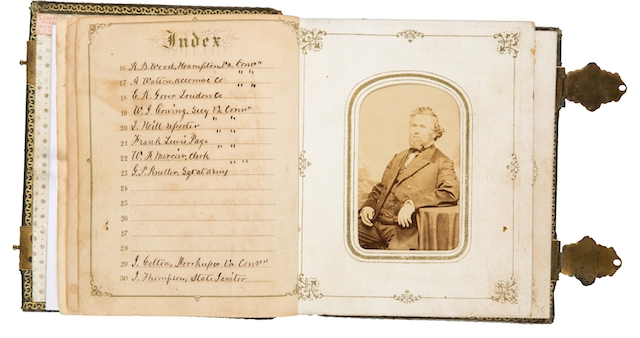

 The other night someone asked me an interesting question; they asked me how much longer I thought America has until it collapses. I told the person who asked me that I’m not very good at making estimates like that, but that I think we’re pretty close to it happening. I guess, however, that question stuck in my head; for when I awoke this morning I had all kinds of stuff floating around in there related to that question…
The other night someone asked me an interesting question; they asked me how much longer I thought America has until it collapses. I told the person who asked me that I’m not very good at making estimates like that, but that I think we’re pretty close to it happening. I guess, however, that question stuck in my head; for when I awoke this morning I had all kinds of stuff floating around in there related to that question…  During President Donald J. Trump’s impeachment trial, we’ll hear a lot of talk about our rules for governing. One frequent claim is that our nation is a democracy. If we’ve become a democracy, it would represent a deep betrayal of our founders, who saw democracy as another form of tyranny. In fact, the word democracy appears nowhere in our nation’s two most fundamental documents, the
During President Donald J. Trump’s impeachment trial, we’ll hear a lot of talk about our rules for governing. One frequent claim is that our nation is a democracy. If we’ve become a democracy, it would represent a deep betrayal of our founders, who saw democracy as another form of tyranny. In fact, the word democracy appears nowhere in our nation’s two most fundamental documents, the 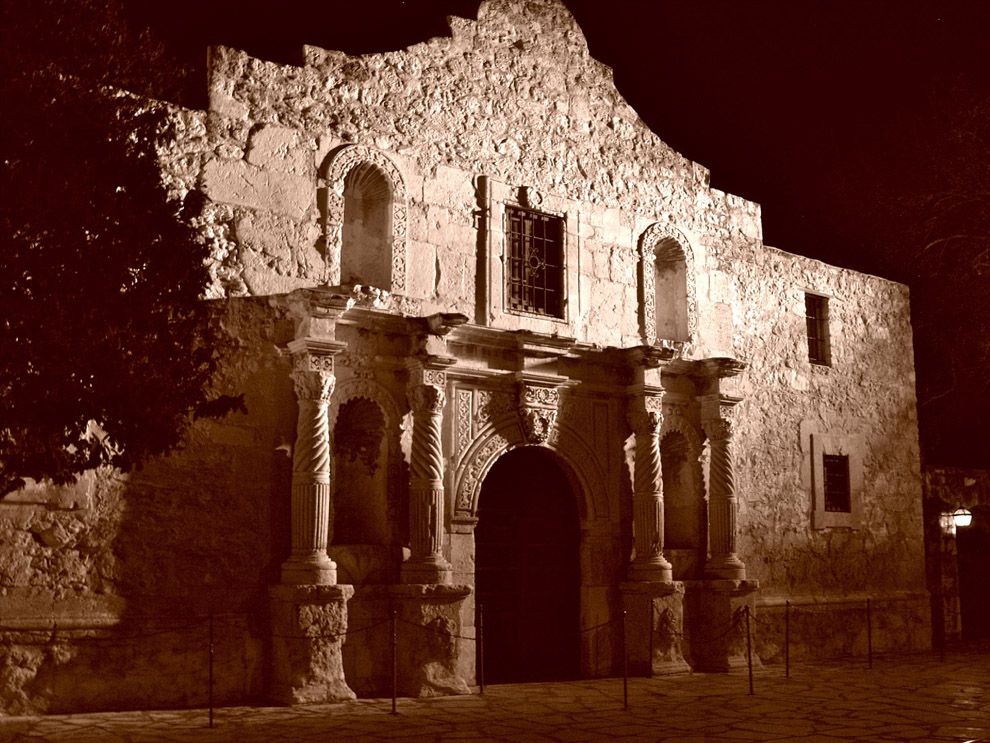 The Alamo was a mission founded in 1718. It ceased to function as a church in 1793. At the time of the famous siege the mission chapel was a roofless ruin, but a high rock wall about three feet thick enclosed an area around the chapel large enough to accommodate 1,000 men. Within that enclosure the battle of the Alamo was fought, with a last stand in the chapel.
The Alamo was a mission founded in 1718. It ceased to function as a church in 1793. At the time of the famous siege the mission chapel was a roofless ruin, but a high rock wall about three feet thick enclosed an area around the chapel large enough to accommodate 1,000 men. Within that enclosure the battle of the Alamo was fought, with a last stand in the chapel.